Western Bulk Herbs – Anise Seed
Anise Seed is an old herbal remedy for coughs and for conditions in the upper chest or pectoral affections. It’s has also been used for bronchitis and to promote expectoration (cough up).
Latin Name:
Pimpinella anisum
Common Names:
Anise, Aniseed, Anneys, Sweet Cumin, Yanisin
Parts Used:
The fruit, or so-called seeds.
Properties:
Anise seed is recognized as stimulant, carminative, antispasmodic, expectorant, emmenagogue, and diaphoretic.
Traditional Uses:
Historically Anise has been incorporated into many culinary creations, being added to foods to enhance digestion. Interestingly, the seeds have also been used for smoking, to promote expectoration of mucus.
Internal Applications:
Taken as a tea, capsule or tincture Anise seed is a remarkable digestive herb. It is used to calm stomach spasms such as colic, reduce and expel gas, and to ease cramping and bloating. It is also an effective expectorant being used in the treatment of a dry unproductive cough.
Topical Uses / Applications:
Anise could ideally be used to stimulate the surface area of the skin, promoting circulation and warming the exterior.
Culinary Uses:
Anise has been used by Europeans to flavor cookies, candies, and sweet breads. In India and other Asian countries Anise is used in soups, stews, and other sweet or spicy dishes. Combines well with ginger, licorice, cardomom, black pepper, and others.
Chemical Properties:
The sweet fragrance of the anise fruit and its essential oil is due to to trans-anethole, making up to 90% of the oil. Other components of the taste and smell of anise include estragol (iso-anethole), anise aldehyde, anise alcohol, p-methoxy-acetophenone, pinene, limonene, and gamma-himachalene (2%), coumarins, lipids, fatty acids, sterols, proteins, and carbohydrates.
Folk Lore:
In the East Anise was formerly used with other spices in part payment of taxes. ‘Ye pay tithe of Mint, Anise and Cummin,’ we read in the 23rd chapter of St. Matthew, but some authorities state that Anise is an incorrect rendering and should have been translated ‘Dill.’ In Virgil’s time, Anise was used as a spice. Mustacae, a spiced cake of the Romans introduced at the end of a rich meal, to prevent indigestion, consisted of meal, with Anise, Cummin and other aromatics. Such a cake was sometimes brought in at the end of a marriage feast, and is, perhaps, the origin of our spiced wedding cake. Anise is one of the herbs that was supposed to avert the Evil Eye. Magically the herb is identified with protection, purification, and youth.
Cautions:
Anise is not to be taken during pregnancy. Also be conscious of a rare, but possible allergic hypersensitivity to the essential oil anethole which may have a reaction on the skin, respiratory tract, or gastrointestinal tract.
*Disclaimer: These statements have not been evaluated by the Food and Drug Administration. This product is not intended to diagnose, treat, cure or prevent any disease.
Resources:
PDR for Herbal Medicines, 2000. Medical Economics Company, Montvale, New Jersey.
The New Holistic Herbal. David Hoffmann, 1990. Barnes and Noble Books, New York.
A Modern Herbal, Mrs. M. Grieve, (Dover Publications, New York, 1971)
Major Herbs of Ayurvedic.Compiled by Dahur Research Foundation and Dahur Ayurvet Limited, Ghaziabad, India., 2002. Churchill Livingstone, London, England.
Chinese Herbal Medicine: Materia Medica, Third Edition, Dan Bensky and Andrew Gamble, 1986. Eastland Press, Seattle, WA.
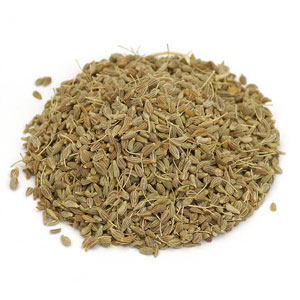
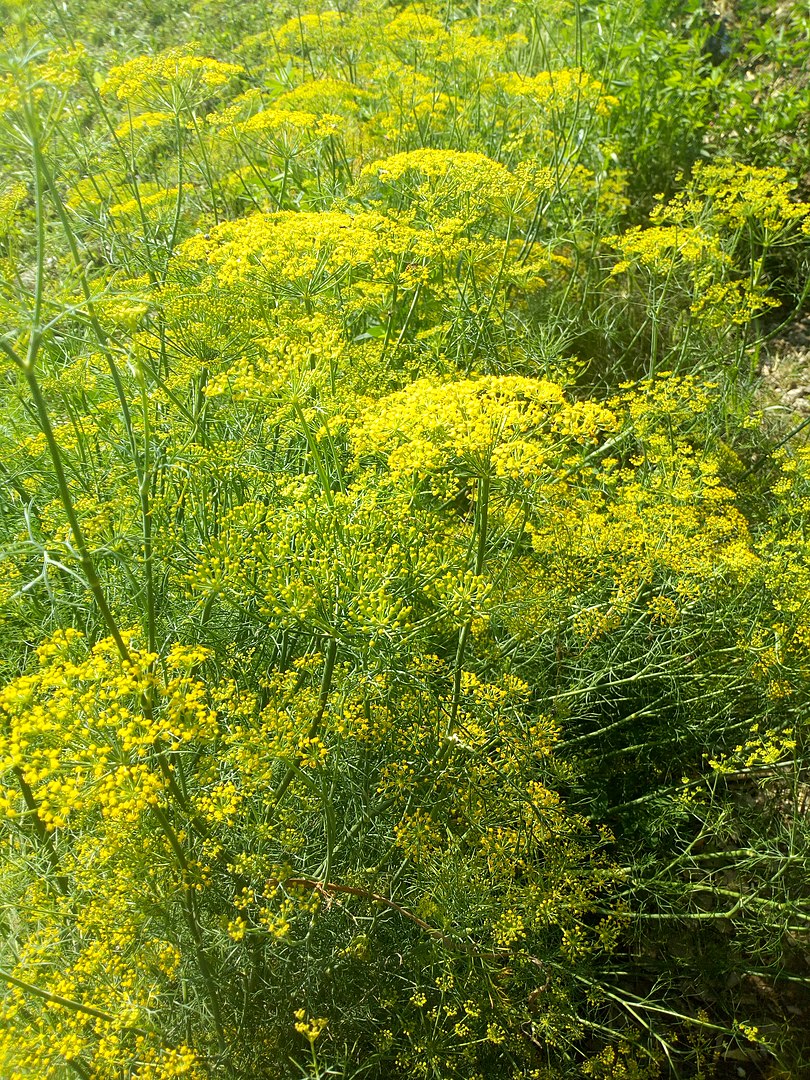
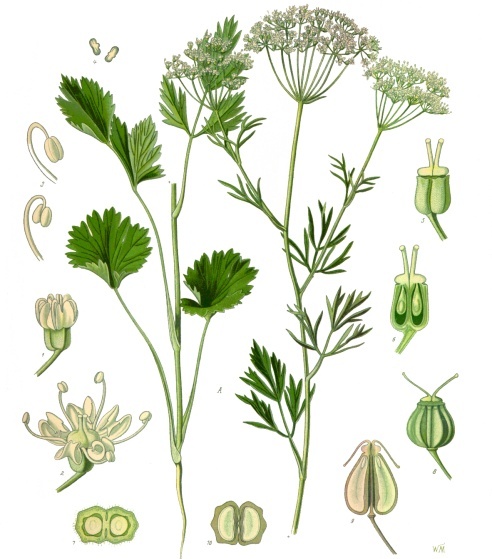
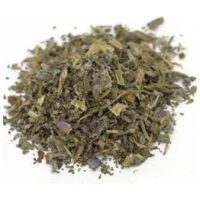
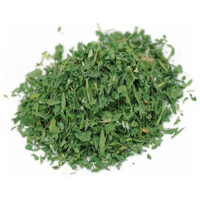
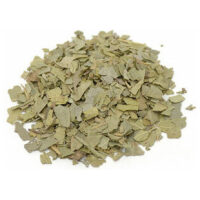
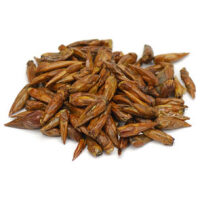
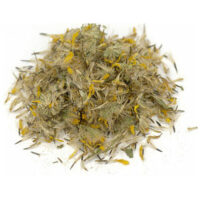
Reviews
There are no reviews yet.